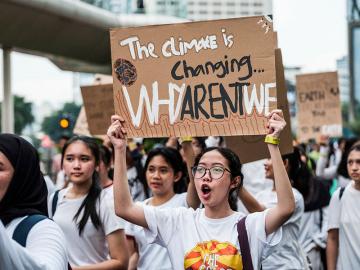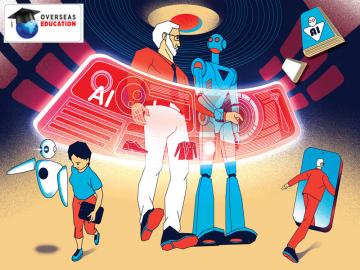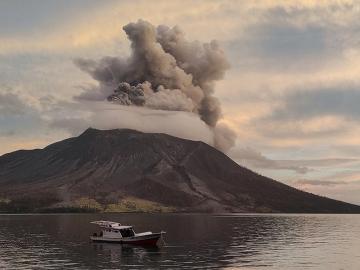
Seafood and Survival in India
Kensaku Konishi, president and CEO of Canon India, on navigating roads and complex systems in India
In some ways India is similar to the Japan of 40-50 years ago. When I was a young child growing up in Japan, it was pretty common to have electricity cuts and water supply cuts. That happens in India too. What I like about Indians is how they have learnt to tackle these problems.
I came to India with certain preconceived notions — that India is a religious and spiritual country, IT is big here, poverty is rampant and the population is huge. All that was correct. But there were things that I wasn’t prepared for. When I first came here it was December 2006. It was foggy in Delhi airport and very cold compared to Hong Kong — it was almost seven-eight degrees. I was really surprised because everyone used to say India is very hot! India is hot too. Whenever the temperature is above 45 degrees, I find it hard to cope.
One big problem in India is driving discipline. On the Gurgaon toll gate, for example, many people drive into the card-only line and pay cash and there is no penalty! Ten-fifteen years ago the situation was exactly the same in China so I hope that in the next five to 10 years the situation here will improve.
Settling down wasn’t a big challenge. Delhi has a couple of good areas for foreigners.
But there is one big issue that I face — and this is true of most Japanese. It’s a little tough to get fresh fish here. We have to have big refrigerators at home to store fish and meat. I usually get most of my food from Hong Kong and Japan. I come back with four-five bags, most of which have food, sometimes weighing more than 50 kg! But I like Indian food as well. In breakfast I enjoy sambhar and masala dosa. I eat Indian food four-five times a week so whenever I am home, I try and eat some Japanese food.
In India one good thing is that everyone who is in business can speak English well — far better than the Japanese. I actively go for events, dinner parties and business forums. I try to talk to local people. Very often some Japanese people in India do not go to parties. That’s because sometimes they are not familiar with Indian food or they hesitate to talk to people in English. Japanese are culturally a little shy. And also finding common topics to talk about is tough.
Compared to Japan, India is a young country. Sometimes, the people working in businesses are not mature enough to operate big organisations or big events. They think short-term and demand returns in a very short time. That’s a good thing sometimes. Sometimes it isn’t.
In Japan we think long-term investment and long-term return. If a big event is to be held and the event promoter or ad agency approaches us and says this is a great opportunity for you to spend money, say, Rs. 1 crore, what they don’t realise is that they have approached us just one month prior to the event. For us the preparation is not good and there is a lot of uncertainty. That’s not the way to conduct business.
One simple thing that Japanese like is punctuality. Indians are very often late for appointments. If this were to happen in Japan, one would be angry. To some degree I think the Indians have a culture to tolerate or accept things beyond their control.
The Indian law is still designed based on the concept of a long, long time ago. For example, the Maximum Retail Price (MRP) sticker was brought in to protect consumers. Fifteen years ago product life was much longer and one MRP could stay for long. Every nine months we launch new cameras and new printers. So during these nine months we have to change the price and we have to change the MRP sticker two or three times!
India is famous for the complexity of its tax system and difficulties in road permission. The state governments have some reason to issue road permits but this system disturbs smooth logistics and we waste a couple of days. We encounter corruption in this.
For people coming from outside, it is easy to criticise things in India. China can change everything immediately if the central government passes a decree. But in India, rapid change is impossible because of democracy. India has a 4,000-5,000-year-old history and is still developing. So we have to give it some respect. India is still growing. Everybody here, regardless of position or income level, believes that today is better than yesterday and tomorrow will be better than today. That’s a good healthy sign in this particular moment in the world. (As told to Neelima Mahajan-Bansal)
(This story appears in the 23 October, 2009 issue of Forbes India. To visit our Archives, click here.)
Post Your Comment
Comments 2
-
 Hooda
HoodaPower cuts in Vasant Vihar? He should live in Gurgaon or Noida where you can get fantastic apartments with 24x7 water, electricity, and also swimming pool, gym, golf, etc.
on Aug 30, 2010 -
 Lubna Kably
Lubna KablySome good observations by Konishi San.
on Nov 1, 2009














